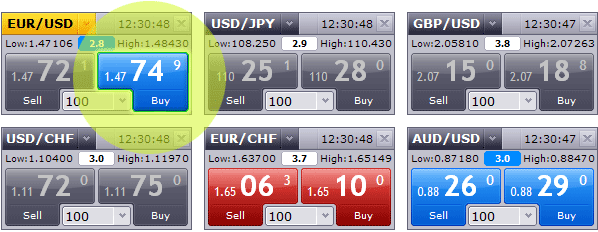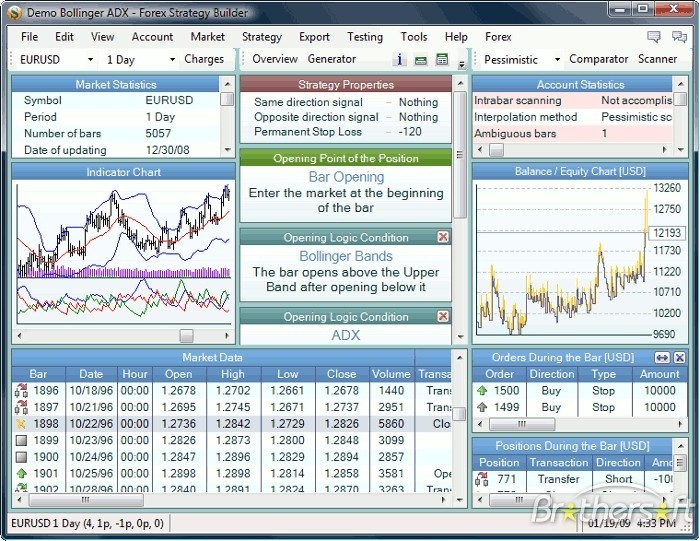Forex Order Types and Rules
Post on: 7 Июнь, 2015 No Comment

Forex Order Rules
The client terminal allows you to create and send orders to execute trading transactions. The terminal can also control and manage open positions. For this purpose, there are several types of trading orders. The order is a command of the client to conduct a trading transaction. The terminal uses the following forex orders:
Market Order is a command to buy or sell a financial instrument at the current price. Execution of this order results in the immediate opening of a trading position.
Pending order is a command to open or close positions in the future at a specified price. This order is used to open a trading position when quotes reach a certain level. The following types of pending orders are available: Buy Limit, Buy Stop, Sell Limit, and Sell Stop. A pending order can be followed by Stop Loss and Take Profit orders. When a pending order is activated, Stop Loss and Take Profit orders are automatically attached to the open position.
Stop Loss — this order is intended to minimize losses, if the price of a financial instrument moves in an unprofitable direction. Such an order is always connected to an open position or a pending order. To check whether conditions of this order are met for long positions the Bid price is used, and for short positions the Ask price is used.
Take Profit is an order intended to make a profit when the price of a financial instrument reaches the desired level. Execution of this order closes the position. A Take Profit order is always connected with an open position or a pending order. To check whether conditions of this order are met for long positions the Bid price is used, and for short positions the Ask price is used.
Forex Order Execution
The quality of forex order execution of clients orders is the priority of RoboForex.
1. The price of a financial instrument has two values: Bid and Ask. The Bid is a price at which a financial instrument sells on the market. The Ask is a price at which a financial instrument is purchased. A client opens a short position or closes a long position using the Bid price. A client opens a long position or closes a short position at the Ask price. The spread is the difference between the Ask and Bid prices.
2. For Fix-Cent and Fix-Standard accounts Instant Execution execution mode is used. For Pro-Cent and Pro-Standard accounts Market Execution execution mode is used.
3. The time for processing customer orders is 1-3 seconds. If market conditions are different from normal conditions, the order processing time may be extended.
4. In Pro-Cent and Pro-Standard accounts, Buy Stop, Sell Stop, Buy Limit, Sell Limit, Take Profit and Stop Loss orders are executed at the current market price. The current market price can differ from the price specified in the order. In Fix-Cent and Fix-Standard accounts, Buy Stop, Sell Stop, Stop Loss orders cannot be executed at the specified price if those orders were accepted for processing in gap mode.

5. To open a position, a customer must have funds in their trading account. The size of the reserve is based on the amount of level. The maximum level a client can select is 1:500.
6. A customer must maintain the reserve level in their trading account at or above the required level. If this is not observed, the positions will be forced to close in accordance with the Rules of Trade.
7. The reserve level is the ratio of equity to reserve expressed as a percentage. Reserve Level = (Equity / Reserve) * 100.
LIVE ACCOUNT
DEMO ACCOUNT














